Home>Gardening & Outdoor>Pool & Spa Care>How To Lower PH Of Hot Tub
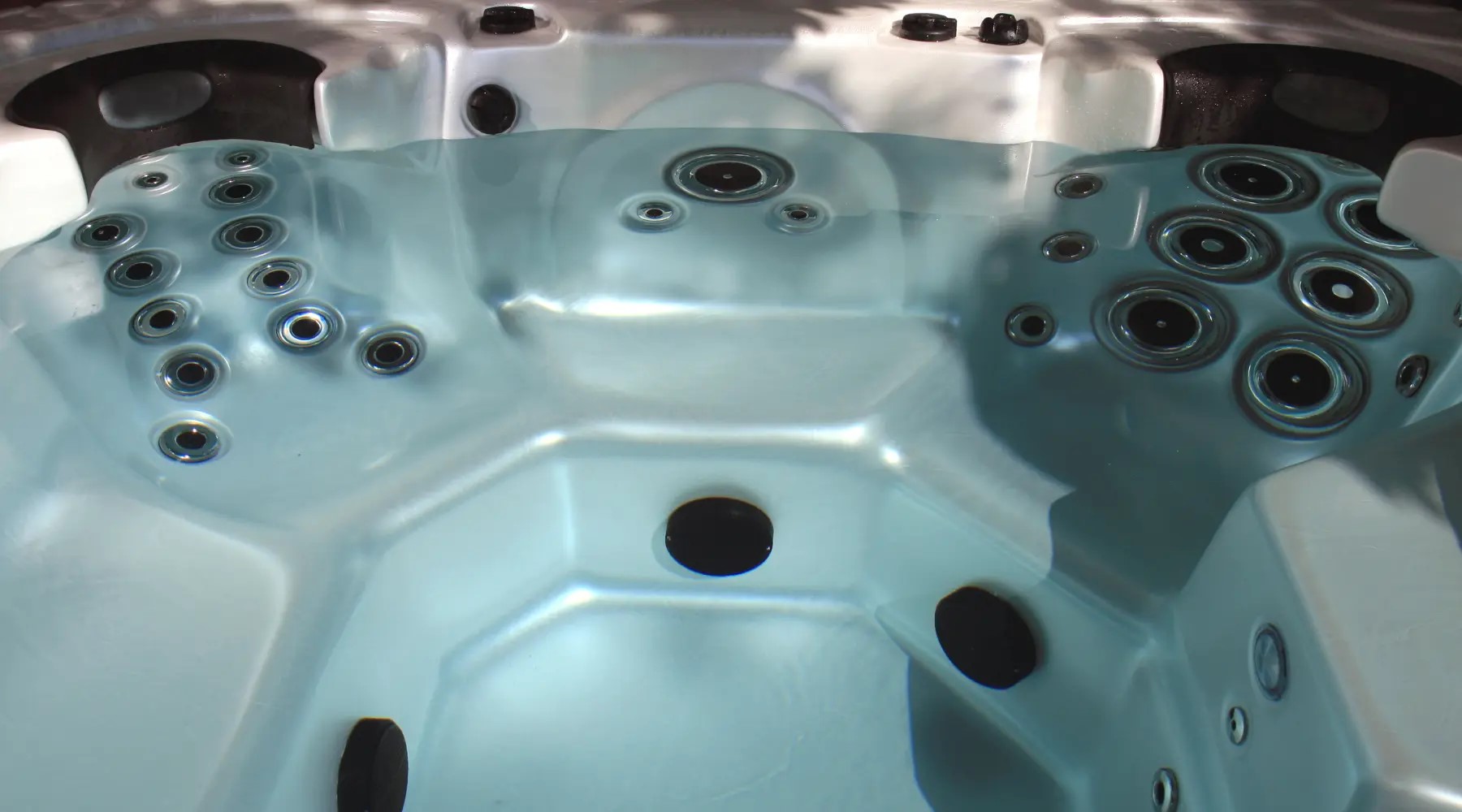

Pool & Spa Care
How To Lower PH Of Hot Tub
Modified: February 26, 2024
Learn effective ways to lower the pH of your hot tub with expert tips for pool and spa care. Keep your hot tub water balanced and safe for a relaxing soak.
(Many of the links in this article redirect to a specific reviewed product. Your purchase of these products through affiliate links helps to generate commission for Storables.com, at no extra cost. Learn more)
Introduction
Welcome to the wonderful world of hot tub ownership! Whether you’re a seasoned hot tub enthusiast or a newbie to the world of hydrotherapy, maintaining the pH balance of your hot tub is crucial for a clean, safe, and enjoyable soaking experience. In this comprehensive guide, we’ll delve into the nitty-gritty of pH levels in hot tubs and explore effective methods to lower the pH when it veers off course.
Imagine sinking into your hot tub after a long day, the warm water enveloping you in a soothing embrace, and the bubbling jets massaging away your stress. It’s a blissful escape from the hustle and bustle of everyday life. However, to keep this oasis in top condition, it’s essential to monitor and adjust the pH level regularly. By understanding the science behind pH and employing the right techniques, you can ensure that your hot tub remains a pristine and inviting retreat.
So, grab your testing kit, roll up your sleeves, and let’s embark on a journey to discover the art of maintaining the perfect pH balance in your hot tub. Whether you prefer traditional chemical treatments or are intrigued by natural remedies, we’ve got you covered with expert tips and insights. Let’s dive in!
Key Takeaways:
- Regularly test and adjust the pH of your hot tub to maintain a clean, safe, and enjoyable soaking experience. Choose from a variety of methods, including chemicals and natural remedies, to lower pH and ensure water quality.
- Embrace a proactive approach to pH maintenance by establishing a consistent testing schedule, addressing total alkalinity, and maintaining the hot tub’s filtration system. By staying attentive to pH levels, you can create a consistently delightful and inviting soaking experience.
Understanding pH in Hot Tubs
Before we delve into the methods for lowering the pH of your hot tub, it’s crucial to grasp the significance of pH and its impact on water quality. pH is a measure of the acidity or alkalinity of a solution, and it’s expressed on a scale from 0 to 14, with 7 being neutral. A pH level below 7 indicates acidity, while a pH above 7 signifies alkalinity.
In the context of hot tubs, maintaining the ideal pH level is vital for several reasons. Firstly, it directly influences the efficacy of the sanitizing chemicals, such as chlorine or bromine, in eradicating bacteria and impurities. An improper pH level can render these chemicals less effective, compromising the cleanliness of the water and potentially posing health risks to bathers.
Furthermore, pH impacts the overall comfort and safety of the hot tub experience. Water with a high pH level can lead to skin and eye irritation, while low pH can corrode the tub’s equipment and cause etching on the tub’s surface. Achieving the optimal pH balance not only ensures bather comfort but also prolongs the lifespan of your hot tub and its components.
The ideal pH range for hot tub water typically falls between 7.2 and 7.8, with 7.4 to 7.6 being the sweet spot for most hot tub owners. This slightly alkaline range promotes water clarity, enhances the effectiveness of sanitizers, and provides a comfortable and safe environment for soaking.
By comprehending the role of pH in hot tub maintenance, you’re better equipped to appreciate the importance of regular testing and adjustments. Keeping the pH within the recommended range is fundamental to preserving water quality and optimizing the hot tub experience for you and your guests.
Testing the pH Level
Testing the pH level of your hot tub is a fundamental aspect of routine maintenance. Regular testing allows you to monitor the acidity or alkalinity of the water, empowering you to make informed adjustments to maintain the optimal pH balance. There are several methods for testing the pH level, each offering varying degrees of accuracy and convenience.
One of the most common and accessible testing methods is the use of pH test strips. These strips are coated with reactive chemicals that change color based on the pH of the water. By dipping a test strip into the hot tub water and comparing the resulting color to a provided chart, you can determine the pH level with relative ease. While pH test strips are convenient and budget-friendly, they may not offer the precision required for fine-tuning the pH balance.
For more precise measurements, consider investing in a liquid reagent test kit. This kit typically includes a test vial and liquid reagents that produce color changes corresponding to the pH level. By carefully following the instructions and observing the color changes, you can obtain a more accurate pH reading. Liquid reagent test kits are favored for their reliability and accuracy, making them a preferred choice for meticulous hot tub owners.
In addition to traditional testing methods, digital pH meters provide a high level of precision and are favored by those who prioritize accuracy. These handheld devices utilize electrodes to measure the pH level of the water and display the results digitally. While digital pH meters offer superior accuracy, they require regular calibration and proper maintenance to ensure consistent and reliable readings.
Regardless of the testing method you choose, it’s essential to establish a regular testing schedule to monitor the pH level of your hot tub. Aim to test the water at least twice a week, or more frequently during periods of heavy usage or adverse weather conditions. By staying proactive and vigilant in testing the pH, you can promptly identify any deviations from the optimal range and take corrective measures to restore the balance.
Testing the pH level isn’t just a chore; it’s a proactive measure that safeguards the health and enjoyment of every hot tub session. With the right testing method and diligence, you can uphold the ideal pH balance and revel in a consistently delightful hot tub experience.
Using Chemicals to Lower pH
When the pH level of your hot tub veers into alkaline territory, it’s essential to take corrective action to restore the balance. Lowering the pH can be accomplished through the careful use of specific chemicals designed to adjust acidity levels. Understanding the role of these chemicals and their proper application is key to effectively lowering the pH of your hot tub.
One of the most commonly used chemicals for reducing pH is muriatic acid, also known as hydrochloric acid. This potent acid is added to the hot tub water in small increments, allowing for gradual pH reduction. It’s crucial to handle muriatic acid with care, wearing protective gear and following precise dosing instructions to avoid over-acidification of the water. Additionally, muriatic acid should be added to water slowly and steadily, with thorough mixing to ensure even distribution.
Sodium bisulfate, also referred to as dry acid, is another popular choice for lowering pH in hot tubs. This granular substance is added to the water and effectively reduces pH levels without significantly impacting alkalinity. Like muriatic acid, sodium bisulfate should be added in small doses, allowing time for circulation and retesting before additional adjustments are made.
When using chemicals to lower pH, it’s imperative to follow the manufacturer’s instructions meticulously. Overdosing can lead to rapid and drastic pH changes, potentially causing damage to the hot tub and discomfort to bathers. Regular testing is essential during the pH adjustment process, enabling you to monitor the progress and make incremental additions as needed.
It’s important to note that when adjusting pH with chemicals, the total alkalinity of the water may also be affected. Lowering the pH can impact alkalinity levels, so it’s advisable to test and adjust alkalinity as necessary to maintain overall water balance. By addressing both pH and alkalinity, you can ensure that the hot tub water remains stable and conducive to a pleasant soaking experience.
While the use of chemicals to lower pH is a practical and effective approach, it’s crucial to handle these substances with caution and precision. By respecting the guidelines for chemical application and diligently testing and monitoring the water, you can successfully restore the pH balance of your hot tub, creating an inviting environment for relaxation and rejuvenation.
To lower the pH of your hot tub, you can add a pH decreaser or muriatic acid. Follow the manufacturer’s instructions and test the water frequently to ensure the pH level is within the recommended range of 7.2-7.8.
Natural Methods to Lower pH
If you prefer a more eco-friendly or holistic approach to hot tub maintenance, you’ll be pleased to discover that there are natural methods to lower the pH of your hot tub. These alternatives offer the benefits of reducing acidity levels without relying on traditional chemicals, providing a gentler and sustainable way to maintain water balance.
Vinegar, a pantry staple renowned for its versatility, can be utilized to lower the pH of hot tub water. White vinegar, specifically, contains acetic acid, which effectively reduces alkalinity when added in small increments. By pouring measured amounts of white vinegar into the hot tub and allowing for thorough mixing and circulation, you can gradually lower the pH without introducing harsh chemicals. It’s important to retest the water after each addition of vinegar to gauge the impact on pH and make further adjustments as needed.
Baking soda, a household essential with myriad uses, can also play a role in pH reduction. While baking soda is typically associated with increasing alkalinity, it can paradoxically lower pH when used in moderation. By adding small quantities of baking soda to the hot tub water and monitoring the pH changes, you can effectively nudge the acidity levels downward. However, it’s crucial to exercise caution and avoid overcompensating, as excessive use of baking soda can elevate alkalinity, potentially offsetting the desired pH adjustment.
Another natural method for pH reduction involves aeration, which harnesses the power of oxygen to influence the water’s chemistry. By increasing the circulation and aeration of the hot tub water, you can promote the release of carbon dioxide, a contributor to alkalinity. This natural process can gradually lower the pH over time, providing a gentle and passive approach to maintaining water balance. Aeration is particularly effective when coupled with regular testing and monitoring to gauge the impact on pH levels.
It’s important to approach natural methods for lowering pH with patience and attentiveness. While these alternatives offer eco-friendly and chemical-free solutions, they may require more time and experimentation to achieve the desired pH balance. Regular testing and careful observation of the water’s response to natural additives are essential for effectively managing pH levels using these methods.
Embracing natural methods to lower pH not only aligns with eco-conscious principles but also offers a gentler approach to hot tub maintenance. By harnessing the power of everyday household items and natural processes, you can maintain the ideal pH balance in your hot tub while minimizing the reliance on traditional chemicals, fostering a more sustainable and harmonious soaking experience.
Read more: How To Lower PH In Hot Tub With Vinegar
Maintaining pH Balance
Once you’ve successfully lowered the pH of your hot tub to the optimal range, the journey doesn’t end there. Maintaining the pH balance is an ongoing commitment that requires vigilance, regular testing, and proactive adjustments to ensure that the water remains pristine and inviting. By adopting a proactive approach to pH maintenance, you can uphold water quality, enhance bather comfort, and prolong the longevity of your hot tub and its components.
Establishing a consistent testing schedule is fundamental to maintaining pH balance. Aim to test the water at least twice a week, or more frequently during periods of heavy usage or adverse weather conditions. By monitoring the pH level regularly, you can swiftly identify any deviations from the ideal range and take prompt corrective measures to restore equilibrium.
When adjusting the pH, whether through chemical treatments or natural methods, it’s crucial to make incremental changes and retest the water before making additional adjustments. This cautious approach prevents overcompensating and helps maintain a stable and balanced pH level. Additionally, keeping a detailed log of pH test results and adjustments can provide valuable insight into trends and patterns, enabling you to anticipate and address pH fluctuations effectively.
Addressing total alkalinity alongside pH is essential for comprehensive water balance. Total alkalinity acts as a buffer, helping to stabilize pH and prevent rapid fluctuations. By testing and adjusting alkalinity as needed, you can reinforce the stability of the water and minimize the impact of external factors on pH levels.
Regular maintenance of the hot tub’s filtration system and water circulation mechanisms also contributes to pH balance. Clean filters and efficient circulation promote water clarity and consistency, facilitating the effectiveness of pH adjustments and overall water quality. Additionally, maintaining proper water chemistry, including sanitizer levels and calcium hardness, supports the stability of pH and ensures a safe and pleasant soaking environment.
Environmental factors, such as heavy rainfall or prolonged periods of hot weather, can influence the pH of the hot tub water. During these times, it’s advisable to increase the frequency of testing and remain proactive in making adjustments to counteract the impact of external variables. By staying attuned to the dynamics of your hot tub environment, you can proactively manage pH balance and preserve water quality.
By embracing a proactive and attentive approach to pH maintenance, you can cultivate a consistently delightful and inviting hot tub experience. Regular testing, meticulous adjustments, and a keen understanding of water chemistry empower you to uphold the optimal pH balance, ensuring that every soak in your hot tub is a rejuvenating and enjoyable escape.
Conclusion
Congratulations on embarking on a journey to master the art of maintaining the perfect pH balance in your hot tub. By delving into the intricacies of pH levels and exploring effective methods to lower pH, you’ve demonstrated a commitment to ensuring a clean, safe, and enjoyable soaking experience for yourself and your guests. As you conclude this comprehensive guide, let’s recap the key takeaways and reaffirm the importance of pH maintenance in hot tub care.
Understanding the role of pH in hot tub maintenance is foundational to preserving water quality and optimizing the hot tub experience. The pH level directly influences the efficacy of sanitizing chemicals, bather comfort, and the longevity of the hot tub and its components. By maintaining the ideal pH balance, you create an inviting and harmonious environment for relaxation and rejuvenation.
Testing the pH level regularly is a proactive measure that safeguards the health and enjoyment of every hot tub session. Whether you opt for pH test strips, liquid reagent test kits, or digital pH meters, the commitment to regular testing empowers you to monitor the water’s acidity or alkalinity and make informed adjustments as necessary.
When it comes to lowering pH, you have a range of options at your disposal. From traditional chemicals such as muriatic acid and sodium bisulfate to natural methods involving vinegar, baking soda, and aeration, each approach offers unique benefits and considerations. Whether you choose chemical treatments or prefer natural alternatives, the key lies in precision, attentiveness, and regular testing to maintain the desired pH balance.
Maintaining pH balance is an ongoing commitment that requires vigilance, regular testing, and proactive adjustments. By establishing a consistent testing schedule, addressing total alkalinity, and maintaining the hot tub’s filtration system, you can uphold water quality, enhance bather comfort, and prolong the longevity of your hot tub and its components.
As you continue your hot tub maintenance journey, remember that achieving and maintaining the optimal pH balance is not just a task; it’s a testament to your dedication to creating a delightful and inviting oasis in your own backyard. By staying proactive and attentive to pH levels, you can ensure that every soak in your hot tub is a rejuvenating and enjoyable escape.
Armed with the knowledge and insights gleaned from this guide, you are well-equipped to navigate the nuances of pH maintenance in your hot tub, fostering a consistently delightful and inviting soaking experience for yourself and your loved ones. Here’s to many more blissful moments in your perfectly balanced hot tub oasis!
Frequently Asked Questions about How To Lower PH Of Hot Tub
Was this page helpful?
At Storables.com, we guarantee accurate and reliable information. Our content, validated by Expert Board Contributors, is crafted following stringent Editorial Policies. We're committed to providing you with well-researched, expert-backed insights for all your informational needs.

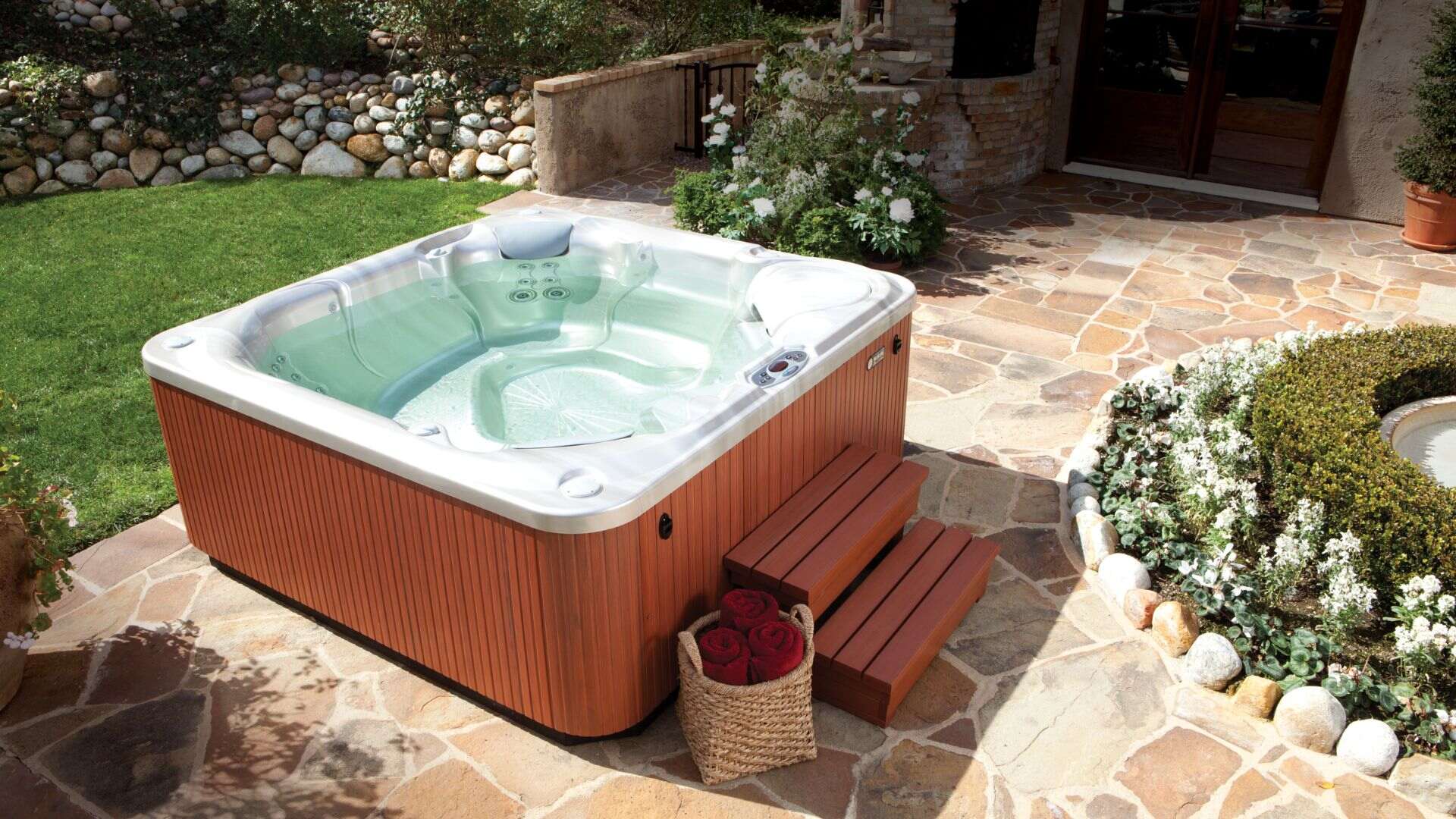
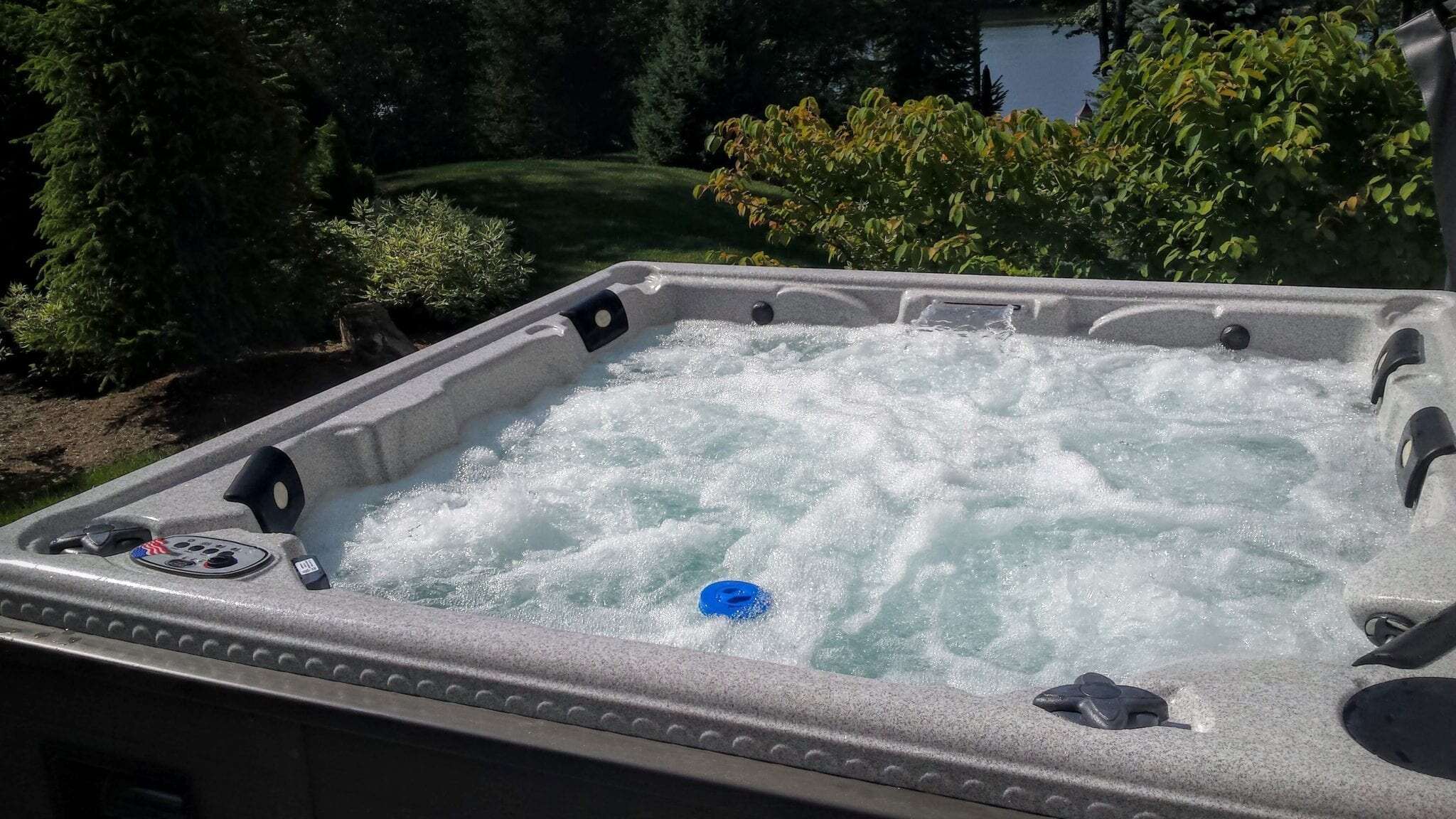
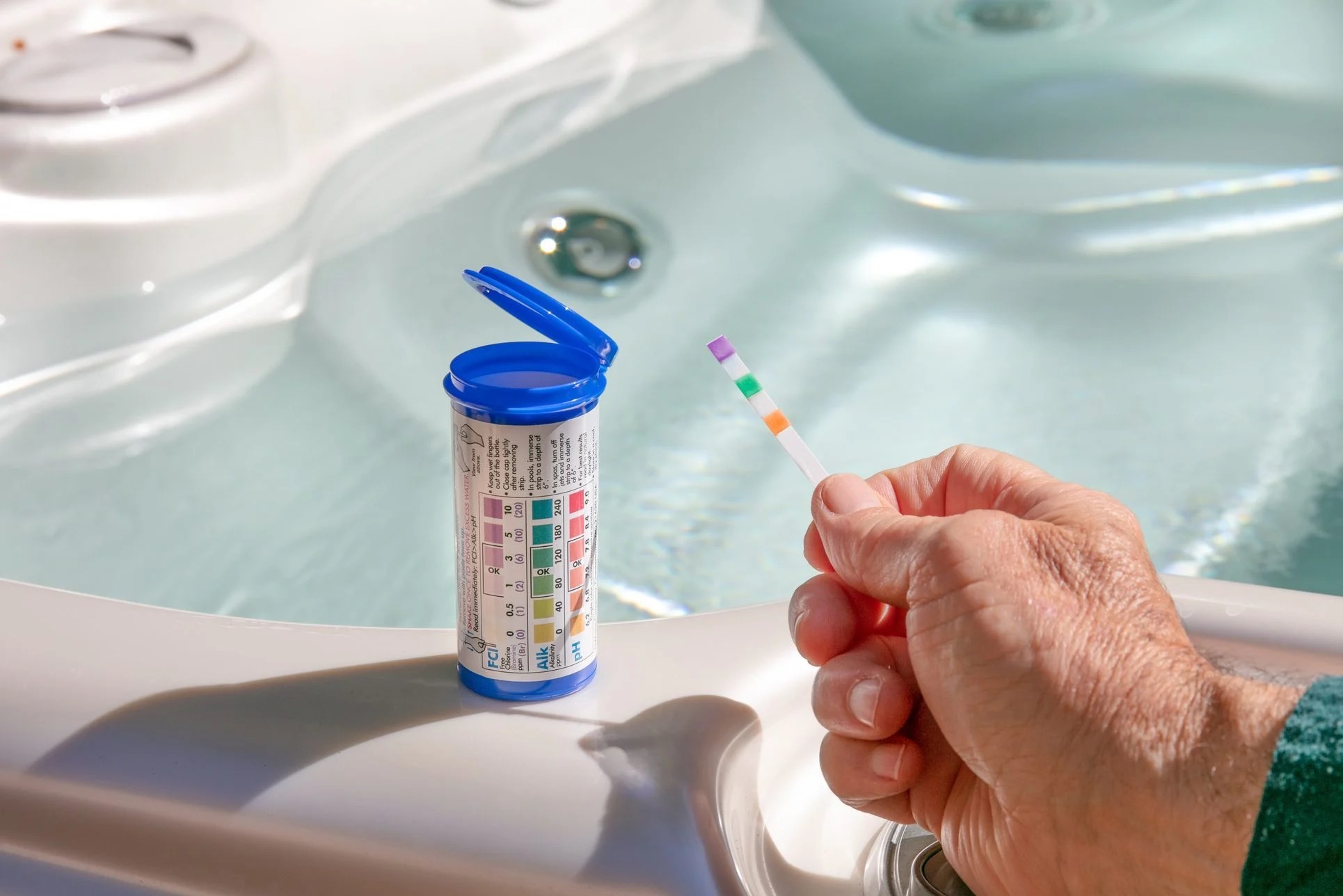
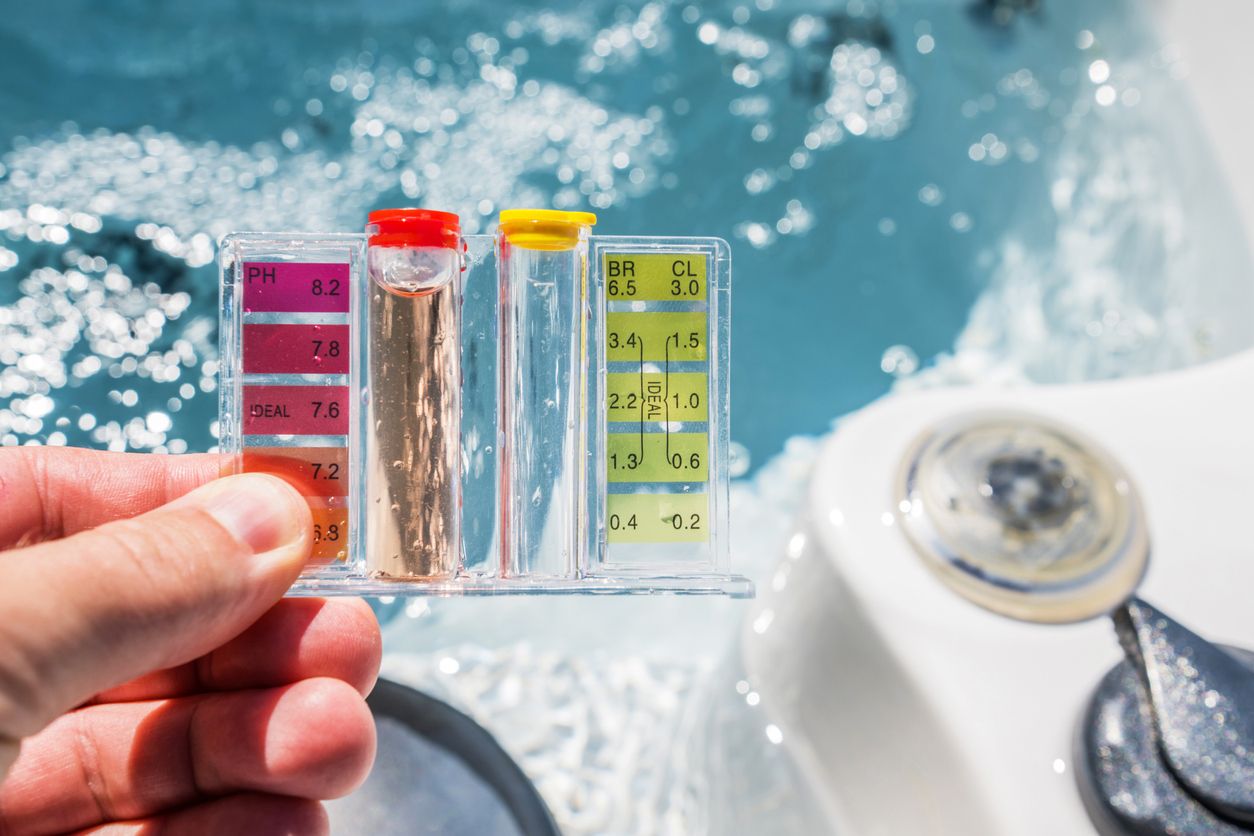
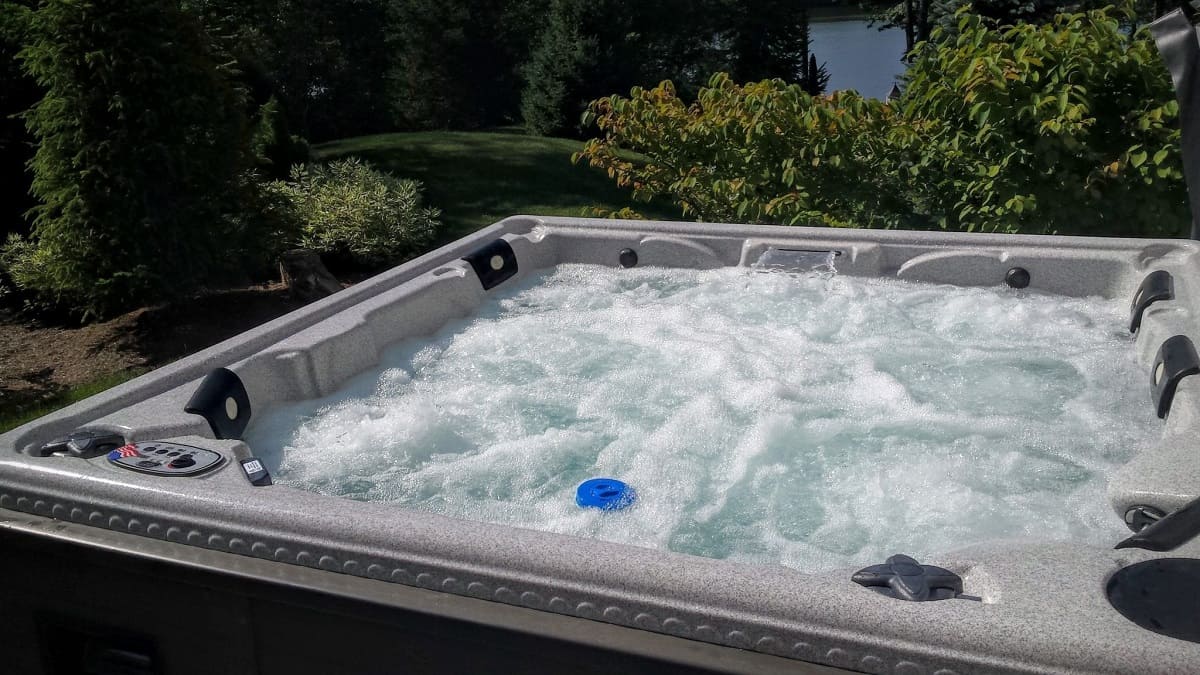
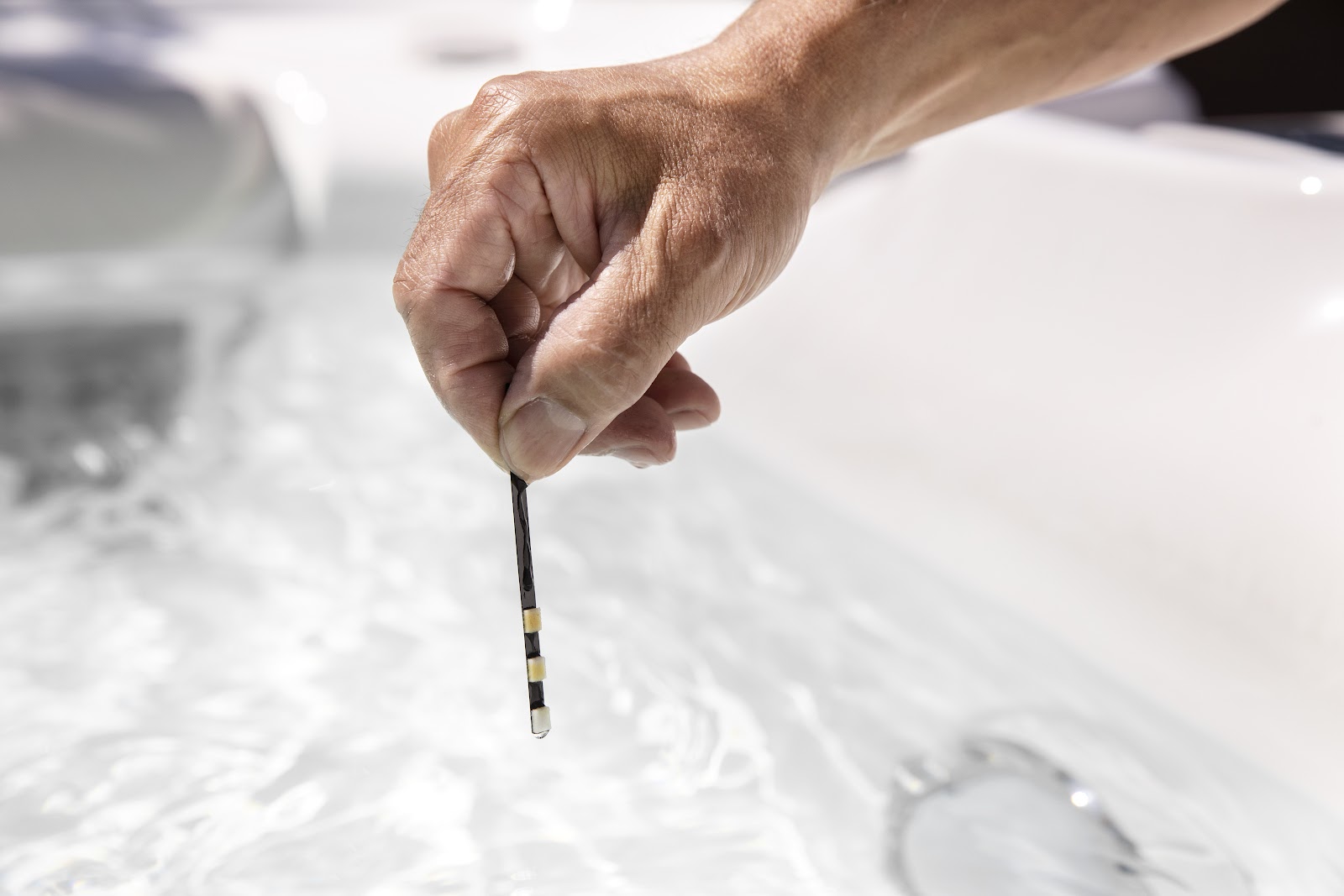
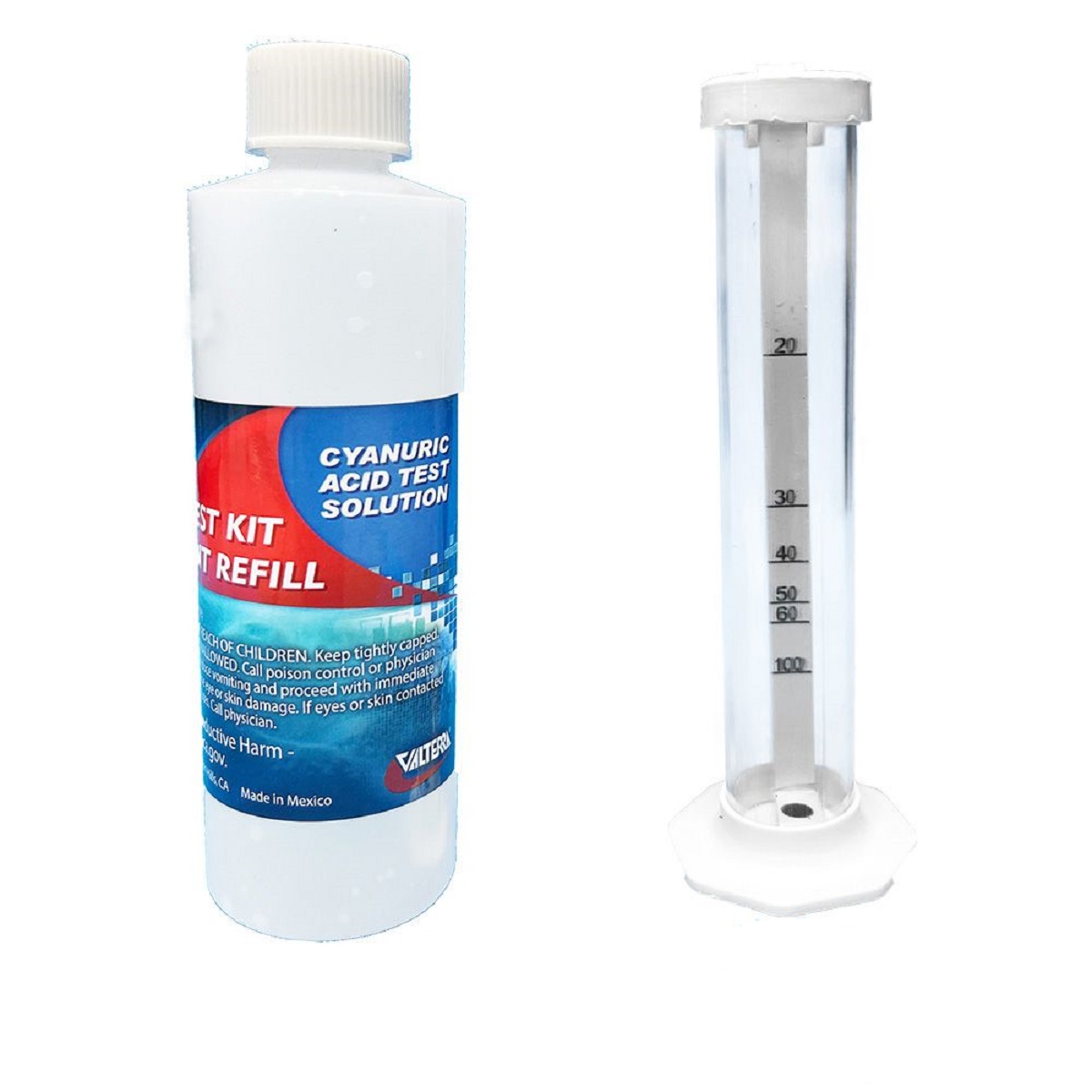
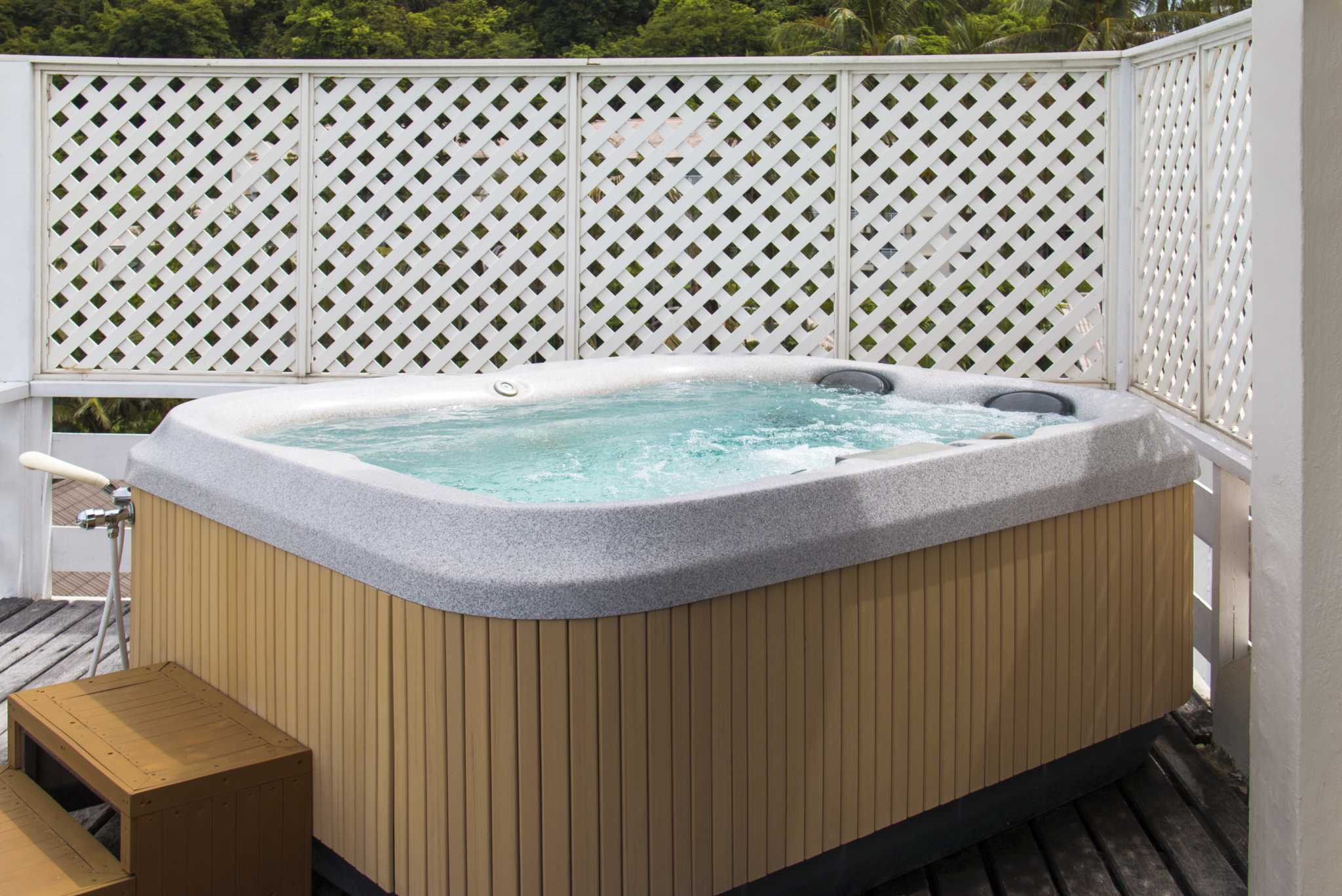
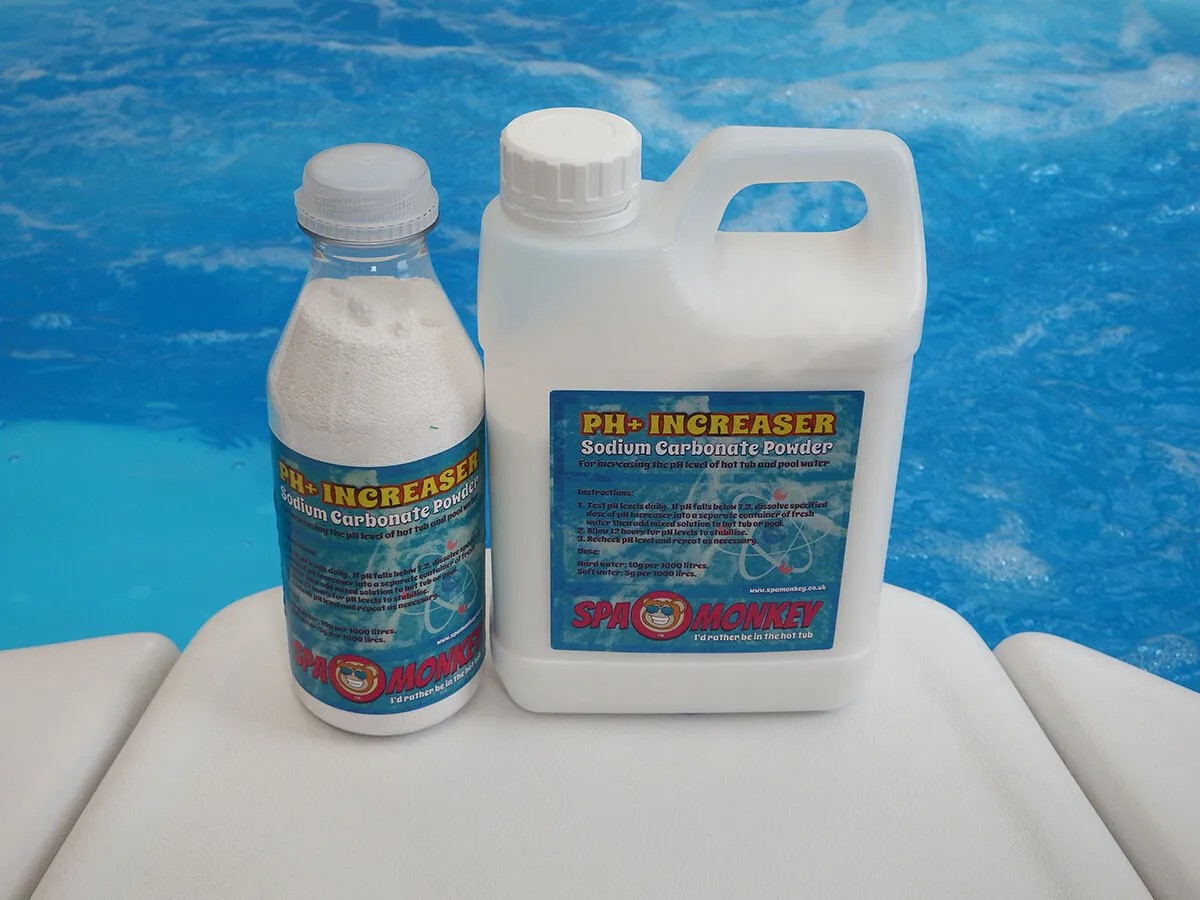
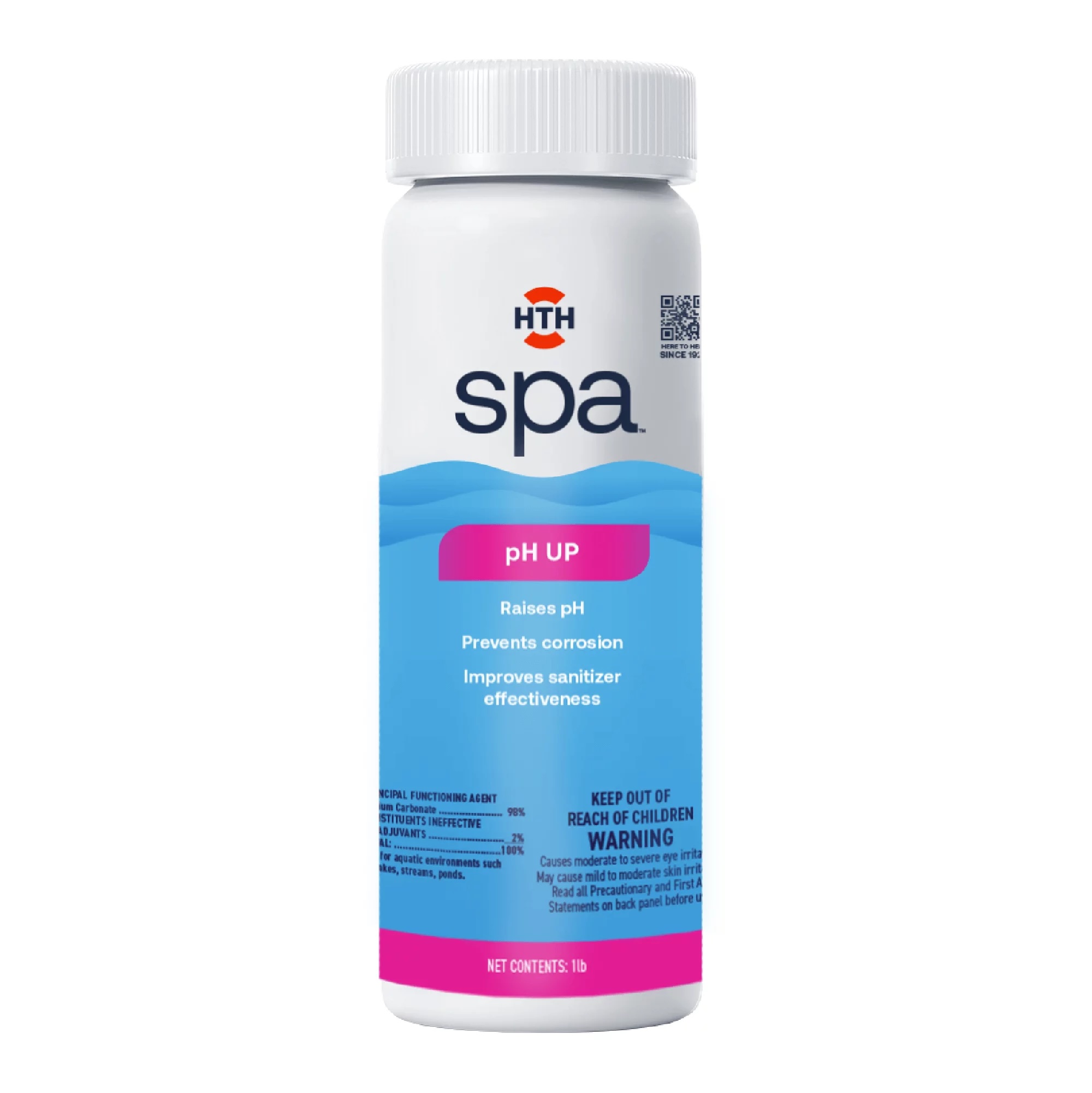
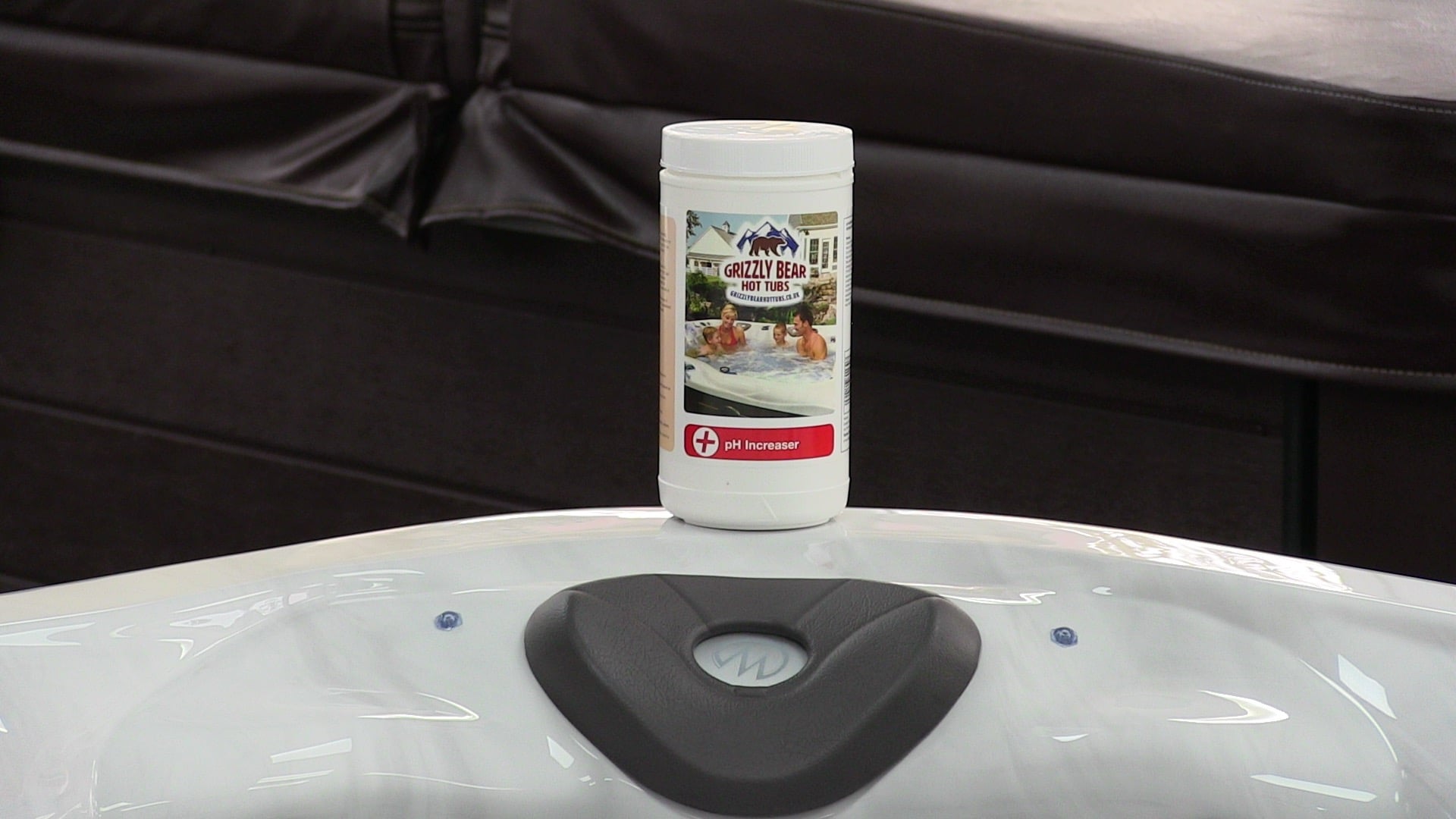
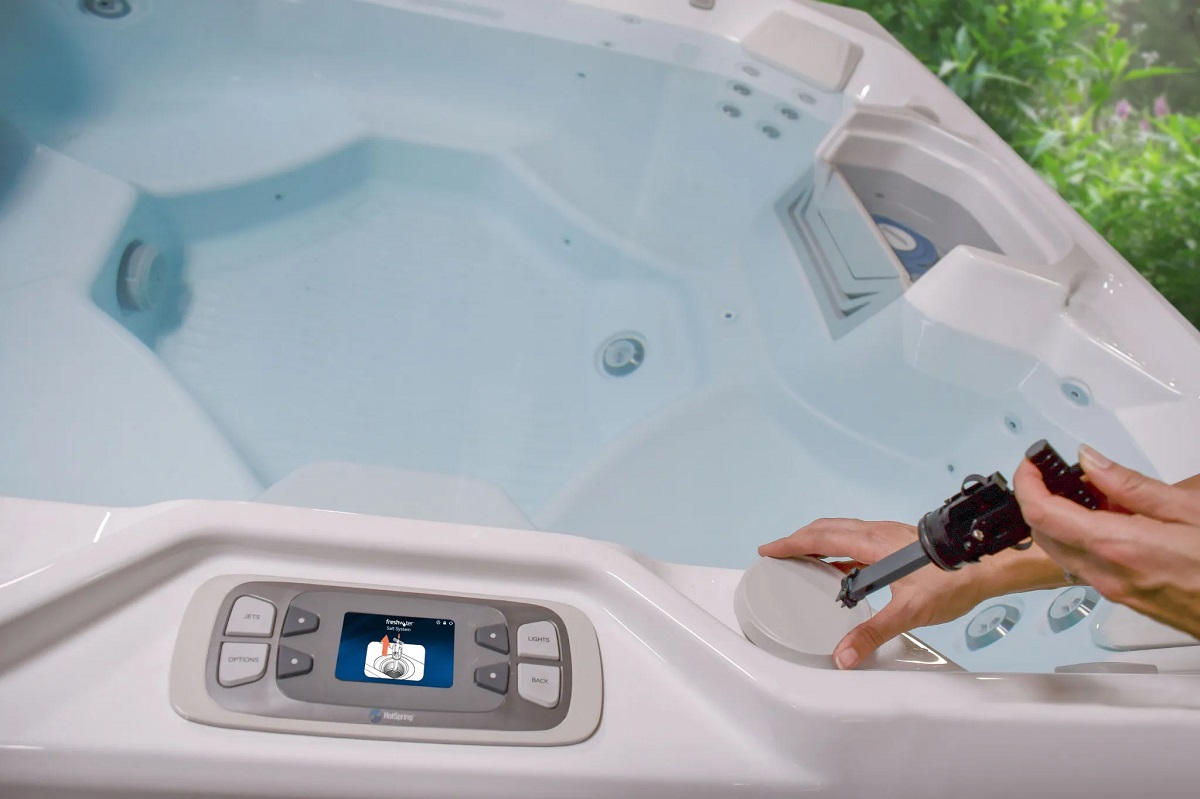
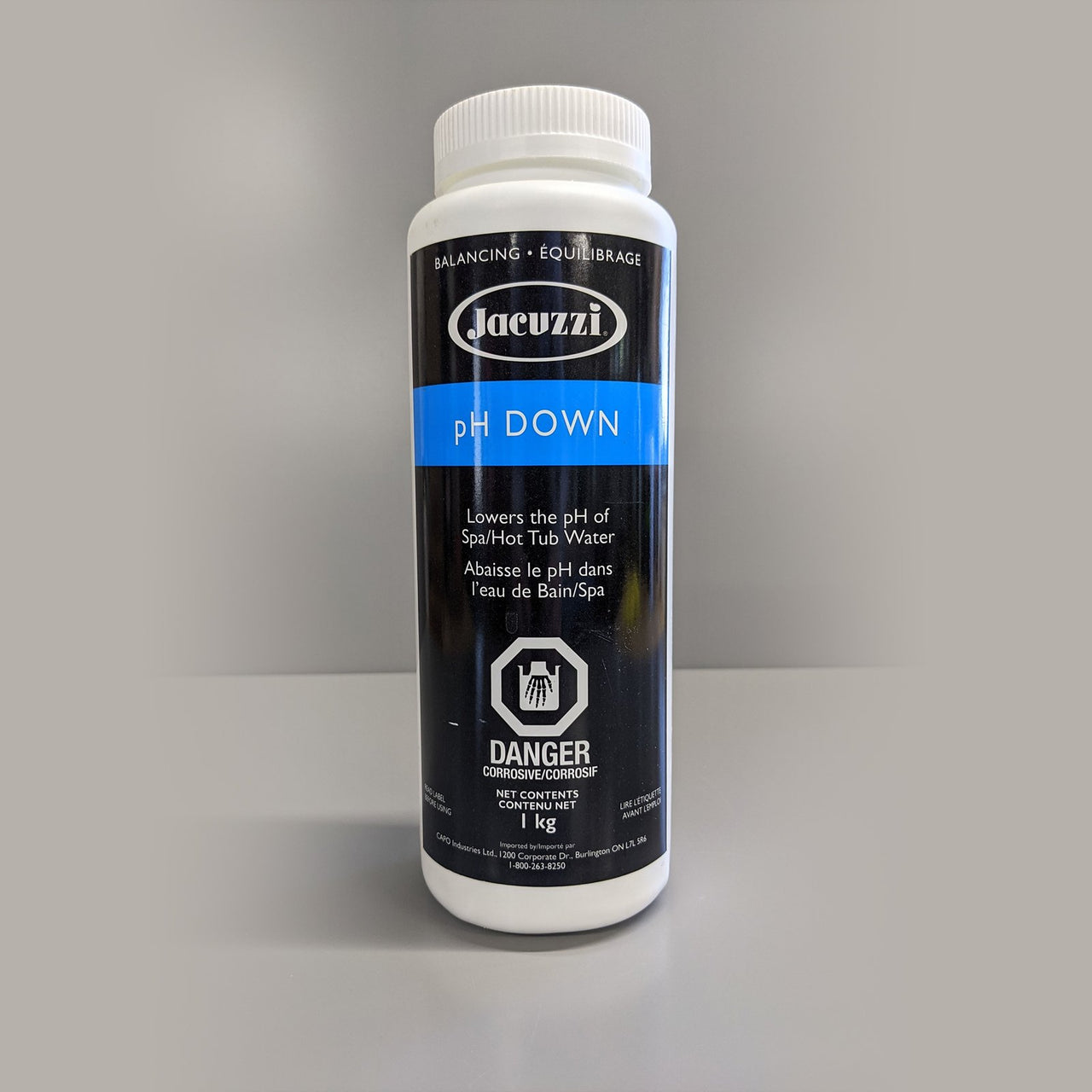

0 thoughts on “How To Lower PH Of Hot Tub”